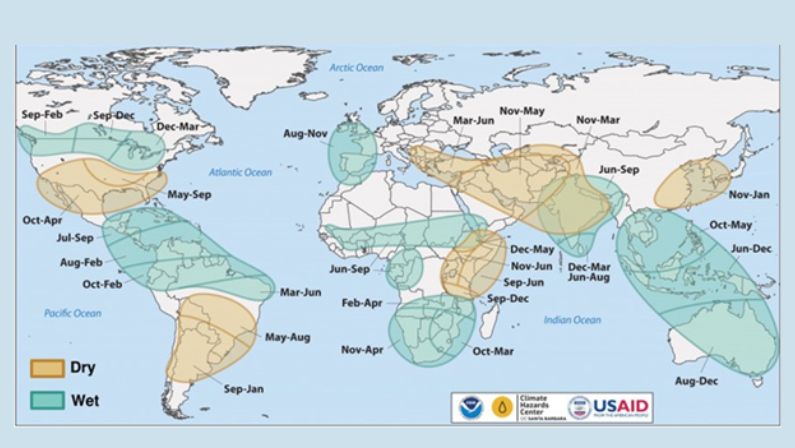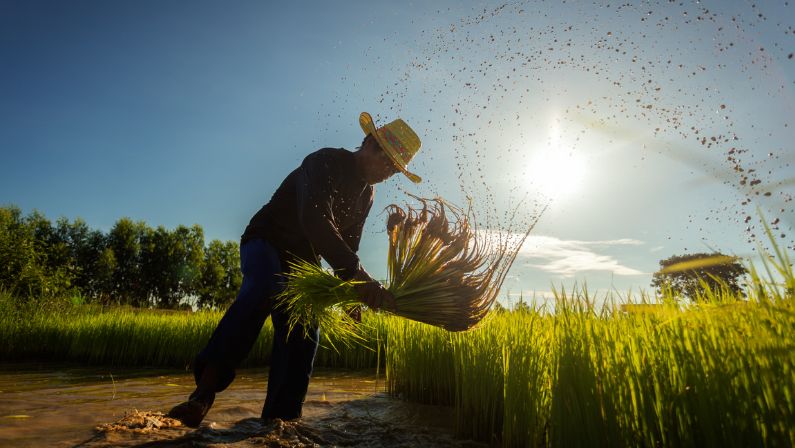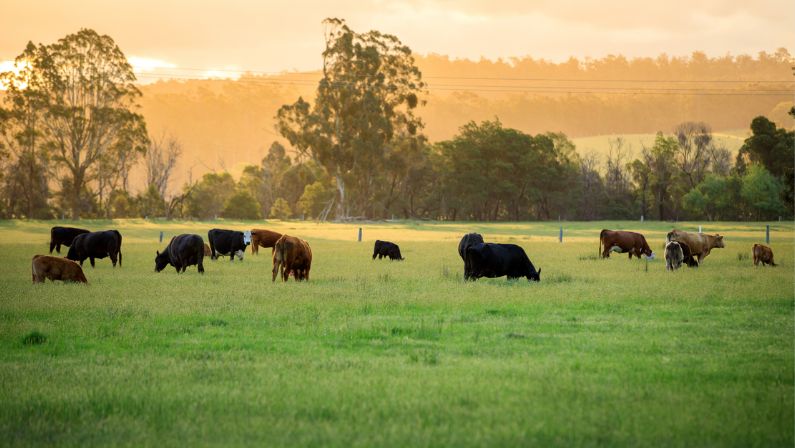
Adapting agriculture in the wake of La Nina
We’ve all heard the term ‘La Niña’ thrown around in the last two years, with round three now having significant impacts on our Eastern seaboard. Savage storm systems are continuing to wreak havoc on Australia’s east coast, flooding farms and threatening the country’s fruit and veg production.
To have 3 consecutive La Nina events is quite rare, with the most recent ones occurring between 1954-57, 1973-76, and 1998-2001. However, with ongoing changes to the global climate landscape, could these rare events become more frequent and if so, what are the long term impacts?
What is La Niña?
La Niña, and its counterpart, El Niño influence our weather patterns and are part of a natural cycle called the El Niño-Southern Oscillation, or “ENSO.” In La Nina years, warm water near Australia is carried over the ocean in an easterly direction towards South America where it descends, and the deep cold water from South America is pushed west towards Australia.
How La Niña impacts our weather
This impacts our weather in a range of ways, including.
Increased Rainfall
Higher cloud cover and rainfall in the Western Pacific means above-average Spring and summer rainfall. The chance of widespread flooding increases for many parts of Eastern Australia.
Temperature
La Niña’s rainfall and cloud cover reduces average maximum temperatures for those south of the tropics. But north of the tropics, the cloud cover acts like an insulator and results in warmer than average minimum temperatures.
Higher incidence of Tropical Cyclones
La Niña increases the chance of tropical cyclones, especially in Queensland, resulting in strong winds, high seas, and heavy rain.
Earlier Monsoon Onset
Because of the extremity of the weather, the monsoon season in tropical Australia is usually brought forward by two weeks.

For many people, exasperation surrounding the impact of the weather on their summer holidays will be the limit of their consideration, however the impacts on Global Agriculture, depressed world food supplies and resultant higher commodity prices are far more alarming issues that require understanding and attention.
https://www.agriculture.gov.au/abares/research-topics/agricultural-outlook/seasonal-conditions

Adapting agriculture in the wake of La Nina
The return of La Niña for a third consecutive year has resulted in devastating flooding across our eastern states. Agricultural regions that were impacted by last summer’s flooding haven’t had a chance to recover and widespread waterlogging has caused significant damage to winter crops, increased disease pressure, delayed harvest activities and downgrades in crop and grain quality.
Looking longer term, flooding can significantly reduce topsoil levels and lead to nutrient loss from agricultural land, which negatively impacts the ability to grow crops in the future. Farmers may need to provide significant inputs to soil systems in the aftermath of flooding events to restore carbon and nutrients to the system.

How can we minimise the impact of extreme weather conditions on our Agricultural sector?
Australian farmers are well versed in managing climate variability and extremes, and continuously adapt and modify existing farm management practices to reduce their risks.
These strategies include:
- Adjusting planting and harvest dates
- Diversifying and modifying crop variety and variants
- Modifying and upgrading irrigation equipment to more efficient systems
- Using minimum tillage practices to reduce soil erosion and increase water retention
- Adjust livestock management, such as providing shade and cooling for livestock during heatwaves
- Optimising the application of fertilisers

How Agricultural Research can help mitigate the impact of more regular severe weather events
Australia’s agriculture industry is fundamental to feeding us. More than 90 per cent of the food Australians eat is produced domestically and in addition to sustaining us, many communities in regional towns rely on the success of agriculture for their viability. It’s also one of the most climate-vulnerable industries, sensitive to changing rainfall, temperatures and extreme weather events
Although farmers can adapt their practices, there are limits to how much their actions will mitigate the effects of severe weather events on agricultural productivity. This is where Agricultural research plays an important role.
Agricultural Researchers help develop solutions that enable food crops to better adapt to environmental stress caused by extreme conditions. These include developing agriculture products that are tolerant to environmental change, moving agriculture to new locations to follow environmental change, or adopting ‘protected’ agriculture by partially or completely controlling the environment.
More efficient specialty fertilizers, which can be applied with precision at lower rates, as well as alternatives to synthetic fertilizers, should be supported to reduce fertilizer use.
AgXtra plays an instrumental role in helping to commercialise innovation by conducting crop production and crop protection trials and quantifying the performance in the field.
Our strengths lie in our innovative trial research work in broadacre, horticultural and viticultural crops along with our expertise in support for plant breeding programs.
Our work is critical in helping to create a more affordable and abundant supply of food, with a lessened environmental impact.
